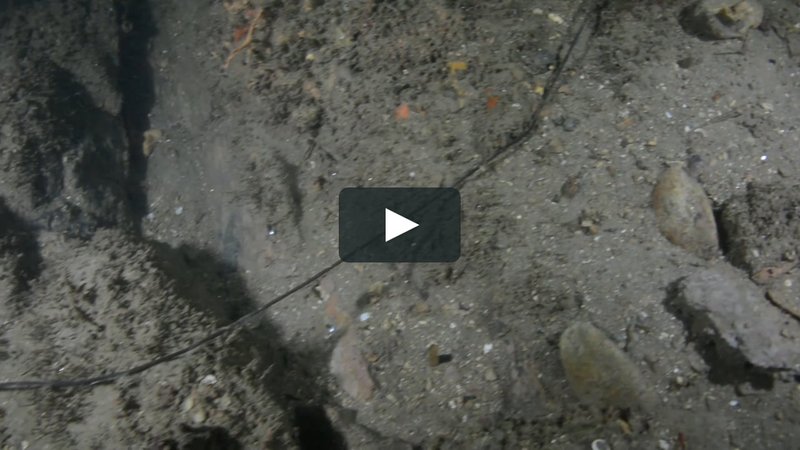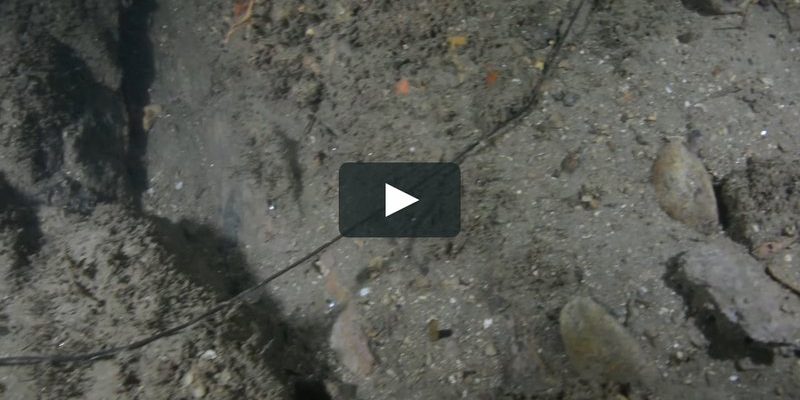
Documenting bootlace worm movements using cameras isn’t just for scientists with high-tech gear. With the right equipment, anyone interested in nature can capture their movements and behavior. You don’t need to be a professional videographer or biologist; even a simple smartphone camera can do the trick. As we dive into this topic, we’ll explore how to effectively use cameras to analyze bootlace worm activity and which types of cameras might be best for observing these fascinating creatures.
Understanding Bootlace Worms
Bootlace worms, known scientifically as *Lineus longissimus*, are among the longest animals on Earth. They can grow several meters, living mostly in marine environments like muddy or sandy sea floors. You might be wondering why scientists and enthusiasts alike are so drawn to these creatures.
Here’s the thing: bootlace worms have unique behaviors and adaptations that make them incredibly interesting to study. For starters, they can regenerate lost body parts, which fascinates researchers focused on regeneration. Observing their movements can provide insights into their feeding habits, interactions with their environment, and even their responses to threats.
When documenting these worms, you’re not just capturing footage; you’re contributing to a better understanding of their biology. Observing them in action can reveal their natural behaviors that you might not see in a textbook. So, let’s take a look at how best to document these remarkable creatures.
Choosing the Right Camera
When it comes to documenting bootlace worms, choosing the right camera can make a world of difference. You might think that high-end professional cameras are your only option, but that’s not necessarily true. Honestly, a good-quality smartphone camera can capture stunning details if used correctly.
Here are some options to consider:
- Smartphone Cameras: Most smartphones today have impressive cameras. Look for one with a good macro feature if you want to capture fine details of the worms.
- Digital Cameras: If you have access to a DSLR or mirrorless camera, these offer versatility and better quality images. Plus, you can swap lenses for super close-up shots.
- Action Cameras: Devices like GoPro are handy if you want to film in tight spots or underwater. They’re durable and can handle challenging conditions.
Regardless of the type of camera, make sure it can record video. Motion can tell you so much about the bootlace worms’ behavior that still photos simply can’t capture.
Setting Up Your Shots
Once you have your camera, the next step is to set up your shots effectively. You’ll want to create a controlled environment to observe the bootlace worms. Here’s how you can do that:
1. **Select the Right Location:** Look for a habitat where bootlace worms are known to thrive. This might be a sandy beach or a tidal pool. Be respectful of their environment and avoid disturbing their natural habitat.
2. **Create a Secure Setup:** If you’re working with a digital or action camera, secure it on a tripod or stable surface. This will help eliminate shaky footage, allowing you to focus on capturing the wiggles and movements of the worms.
3. **Lighting Matters:** Natural light works best, but if conditions are dim, consider using an external light source. Just be careful not to scare the worms away with bright, harsh lighting. Soft, diffused light is your best friend.
4. **Be Patient:** Observing bootlace worms can take time. Position your camera and wait. You might catch some interesting behaviors if you give them a chance to get comfortable in front of the lens.
Setting things up properly can significantly increase your chances of capturing great footage.
Techniques for Documenting Movements
Documenting bootlace worm movements requires a bit of practice and the right techniques. Here are a few methods that can improve your chances of getting fantastic footage:
1. **Time-Lapse Photography:** This technique involves taking a series of images at set intervals and then compiling them into a video. It can be especially useful for capturing the slow, graceful movements of bootlace worms.
2. **Slow Motion Video:** If your camera supports it, filming in slow motion can reveal intricate details of how these worms move. Watching them undulate and glide through sand or water can be mesmerizing.
3. **Close-Ups and Macro Shots:** Use macro settings on your camera for detailed close-ups. Seeing the texture of their skin or how they contract and expand can provide insights into their biology.
4. **Tracking Their Path:** If you want to analyze their movements further, consider marking a path where they move. This could involve putting small, non-toxic markers in the sand to visualize their trail over time.
Experimenting with these techniques not only makes your documentation more engaging but adds value to your observations. It’s a bit like creating your own nature documentary!
Analyzing Your Footage
After capturing footage of bootlace worm movements, you’ll want to analyze what you’ve documented. Here’s how to approach it:
1. **Review Your Shots:** Go through your footage and look for interesting moments. Pay attention to how the worms react to their environment, such as changes in light or water movement.
2. **Create a Journal:** Keeping notes linked to specific clips can help you remember what you observed. Noting the time and conditions during each shoot can provide context for your analysis.
3. **Share with the Community:** If you’re excited about what you’ve documented, consider sharing your footage and observations with others. There are plenty of online communities focused on marine biology and worm enthusiasts where you can exchange information and insights.
4. **Learn from Others:** Watch videos or read studies on bootlace worms. Compare your findings to existing knowledge, and think about what new insights your footage may offer.
Analyzing your footage adds an extra layer to your experience, turning simple observations into meaningful contributions to our understanding of these fascinating creatures.
Troubleshooting Common Issues
While documenting bootlace worms might sound straightforward, you might face some challenges along the way. Here are a few common issues and how to troubleshoot them:
1. **Blurry Footage:** If your shots come out blurry, check your focus settings. Make sure your camera is steady, and consider using a tripod for added stabilization.
2. **Poor Lighting:** If you find the video too dark, try adjusting your light source. If you’re stuck in low-light conditions, consider filming during the day or using an external flash.
3. **Battery Life Concerns:** Make sure you have enough battery life for your shoots. Bring a portable charger or spare batteries if you’re planning a longer session.
4. **Camera Errors:** If your camera seems to malfunction, try resetting it or consulting the user manual for troubleshooting tips. Understanding how to pair or sync your camera with other devices can save time during your shoot.
By anticipating these common issues and knowing how to address them, you’ll be better prepared for your documenting adventures.
Final Thoughts on Documenting Bootlace Worms
Using cameras to document bootlace worm movements can be an exciting and rewarding experience. Not only does it allow you to connect with nature, but it also opens up opportunities to contribute to scientific understanding. Whether you opt for a smartphone or a professional camera, the key is to approach the task with curiosity and patience.
As you embark on this journey, remember that every observation counts. You are part of a larger community of enthusiasts and researchers working to uncover the wonders of the marine world. So grab your camera, find a cozy spot on the beach, and let the fascinating world of bootlace worms unfold before you. Happy documenting!

